Tom's Hardware Verdict
The Arctis Nova 7 Wireless looks like the Arctis Nova Pro Wireless...but it doesn’t sound as good.
Pros
- +
Very comfortable
- +
38-hour battery life
- +
Fully-retractable mic
Cons
- -
Audio quality is good - not great
- -
Too much distortion
Why you can trust Tom's Hardware
SteelSeries dropped its wildly impressive (and wildly expensive) redesigned flagship Arctis Nova Pro Wireless headset earlier this year, and now it’s bringing that redesign to the rest of its lineup — starting with the Arctis Nova 7 Wireless.
The Arctis Nova 7 Wireless looks like SteelSeries ran out of machined steel and leatherette in an Arctis Nova Pro factory — the Nova 7 and Nova Pro are practically identical in design; the Nova 7 just swaps in cheaper materials for its speaker plates and ear cushions. The Nova 7 Wireless is the brand’s new top-of-the-line non-audiophile headset (the Arctis 9 was not included in the redesign), and features simultaneous dual wireless connectivity (2.4GHz wireless and Bluetooth 5.0), 38 hours of battery life with USB-C fast charging, and “custom high fidelity drivers tuned for gaming.”
Actually, all three new headsets — Nova 1, Nova 3, and Nova 7 Wireless — have the same custom drivers (the Nova Pro has different drivers). Also, there’s no wired version of the Nova 7 Wireless, so I’m just going to call it the Nova 7 from here on.
The Arctis Nova 7 costs $180 and comes in three versions for PC, PlayStation, and Xbox — the versions are very similar, with a couple of small tweaks for the platforms; we tested the PC version.
Design and Comfort of the Arctis Nova 7
The Arctis Nova 7 looks like the Arctis Nova Pro, currently our pick for best gaming headset, but it feels less high-end. The Nova 7 has a rigid steel headband with an adjustable elastic headband strap and plastic earcups with fabric-covered memory foam cushions. The headband strap attaches to fixed points inside the headband, and the rotating earcups are also height-adjustable. The headset is pretty lightweight at 0.72 pounds (325g) — and is ever-so-slightly lighter than the Nova Pro Wireless’ 0.75 pounds (339g).
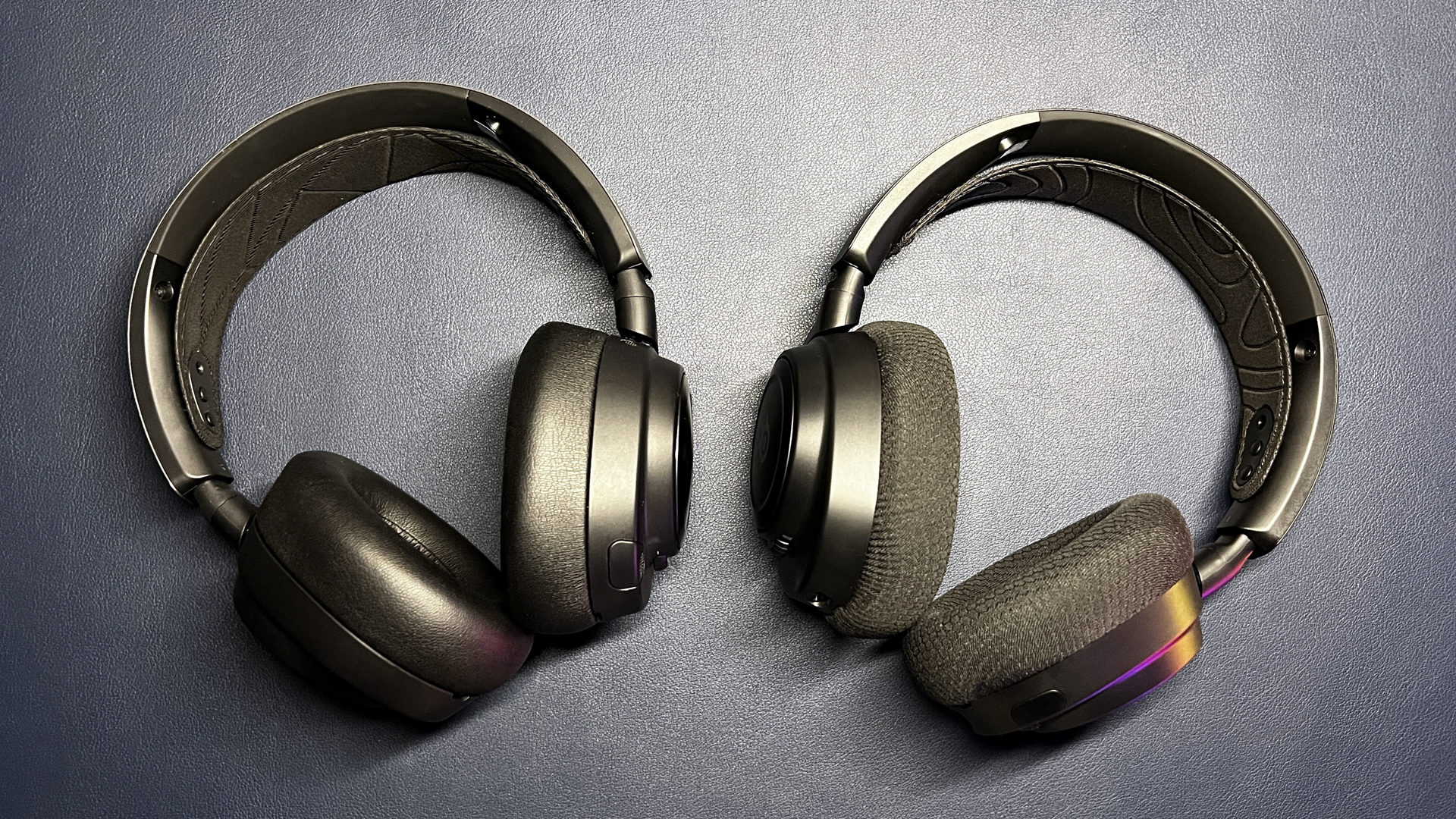
The Nova 7 has roomy, over-ear memory foam earcup cushions covered in SteelSeries’ “AirWeave” fabric, which is a lightweight nylon. AirWeave is more breathable than the leatherette on the Nova Pro and offers slightly less passive noise-cancellation — only slightly, though. The Nova 7’s ear cushions were large enough to fully surround my ears without pressing on them, and SteelSeries seems to have found the perfect clamping force — I have two upper-cartilage piercings that are less than a week old, and I was able to wear this headset for hours without even a hint of discomfort.
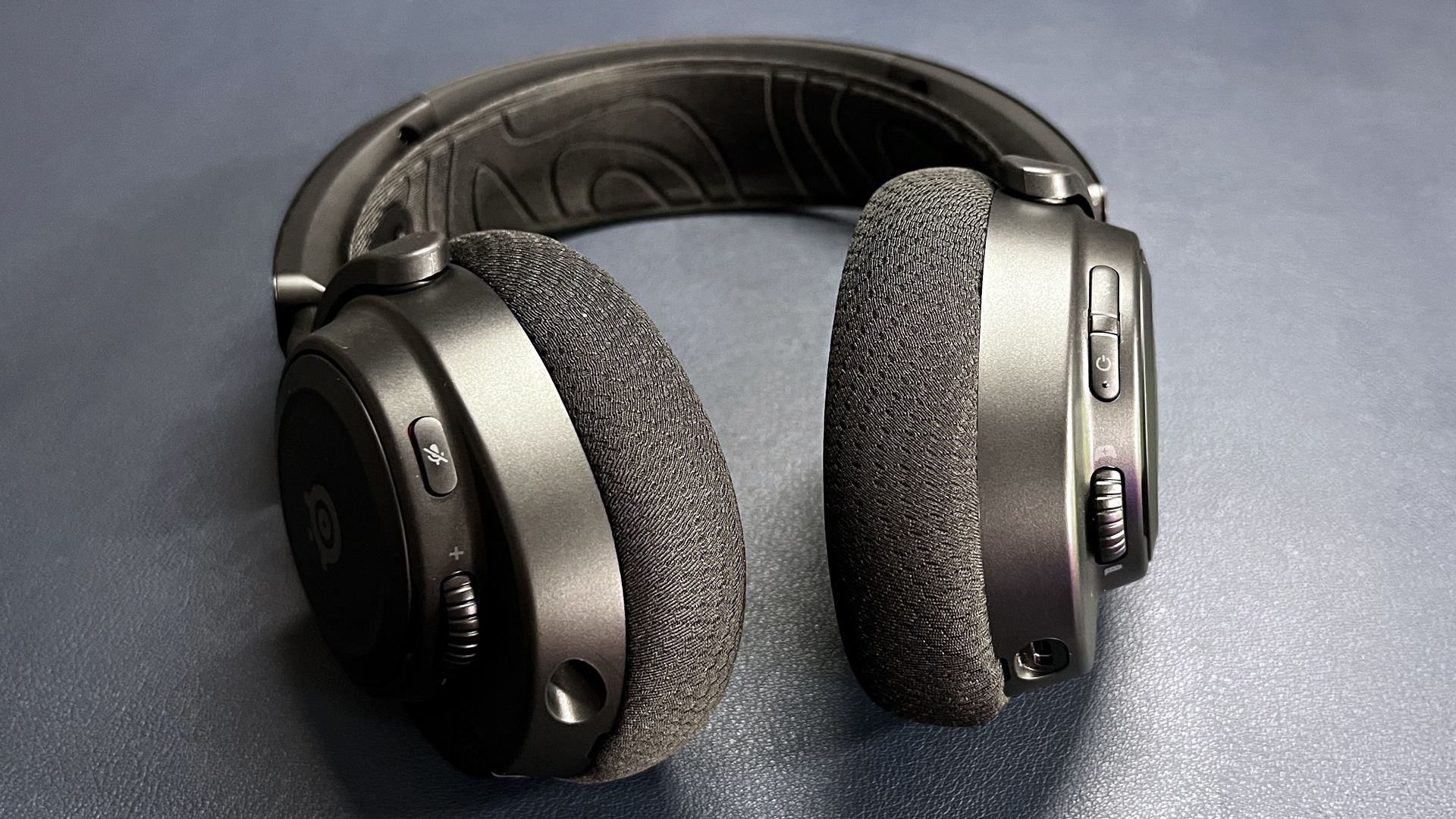
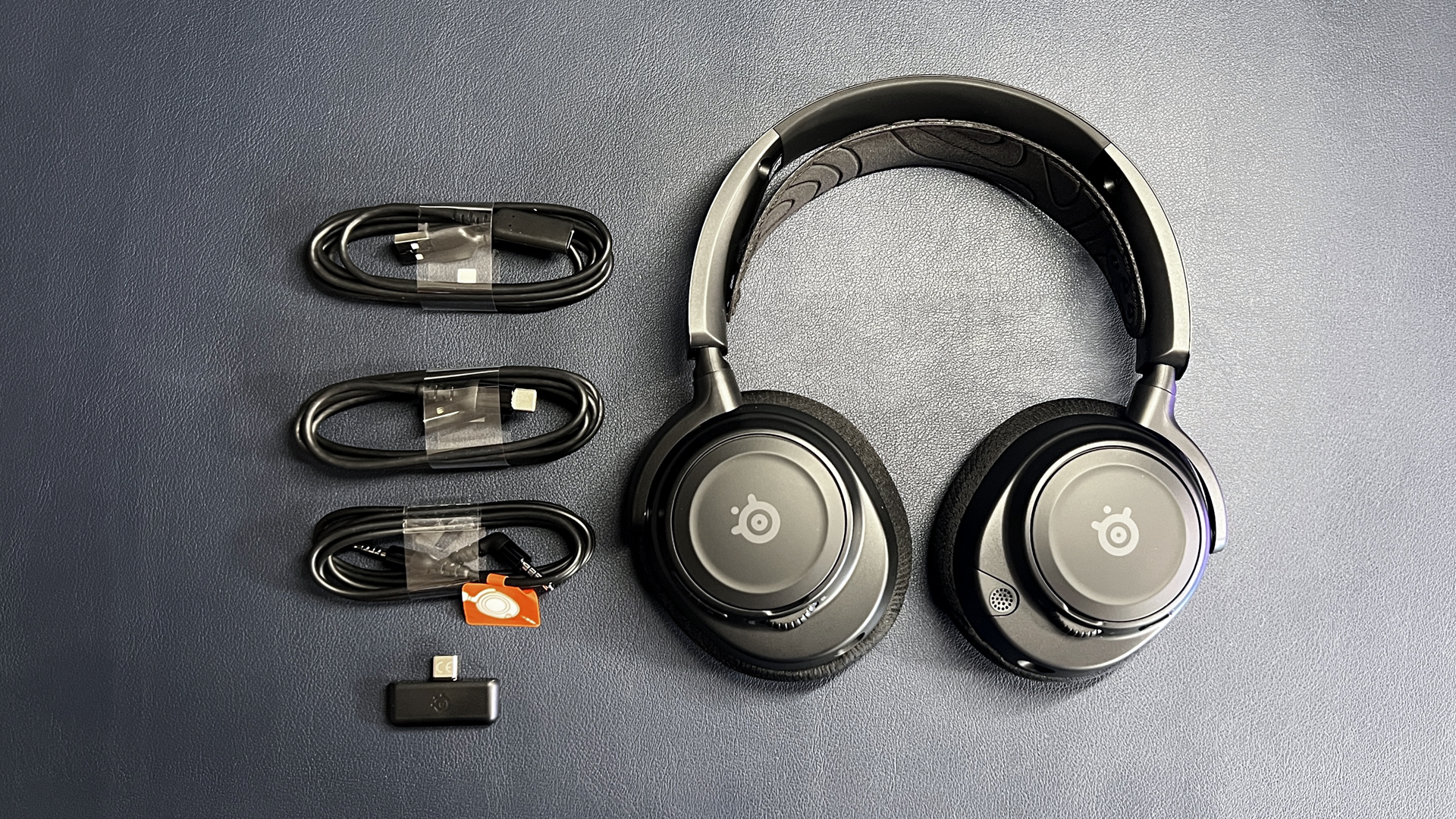
The right earcup has the power button, a Bluetooth button, and a ChatMix wheel on the PC/Xbox versions (this wheel adjusts Sidetone on the PlayStation version). There’s also a USB-C port for charging. The left earcup has a microphone mute switch, a volume wheel, and a 3.5mm audio jack for wired use. In the box, the Nova 7 comes with a 2.4-GHz wireless USB-C dongle, a 5-foot (1.5m) USB-C to USB-A charging cable, a 5-foot (1.5m) USB-C to USB-A converter, and a 4-foot (1.2m) 3.5mm audio cable.
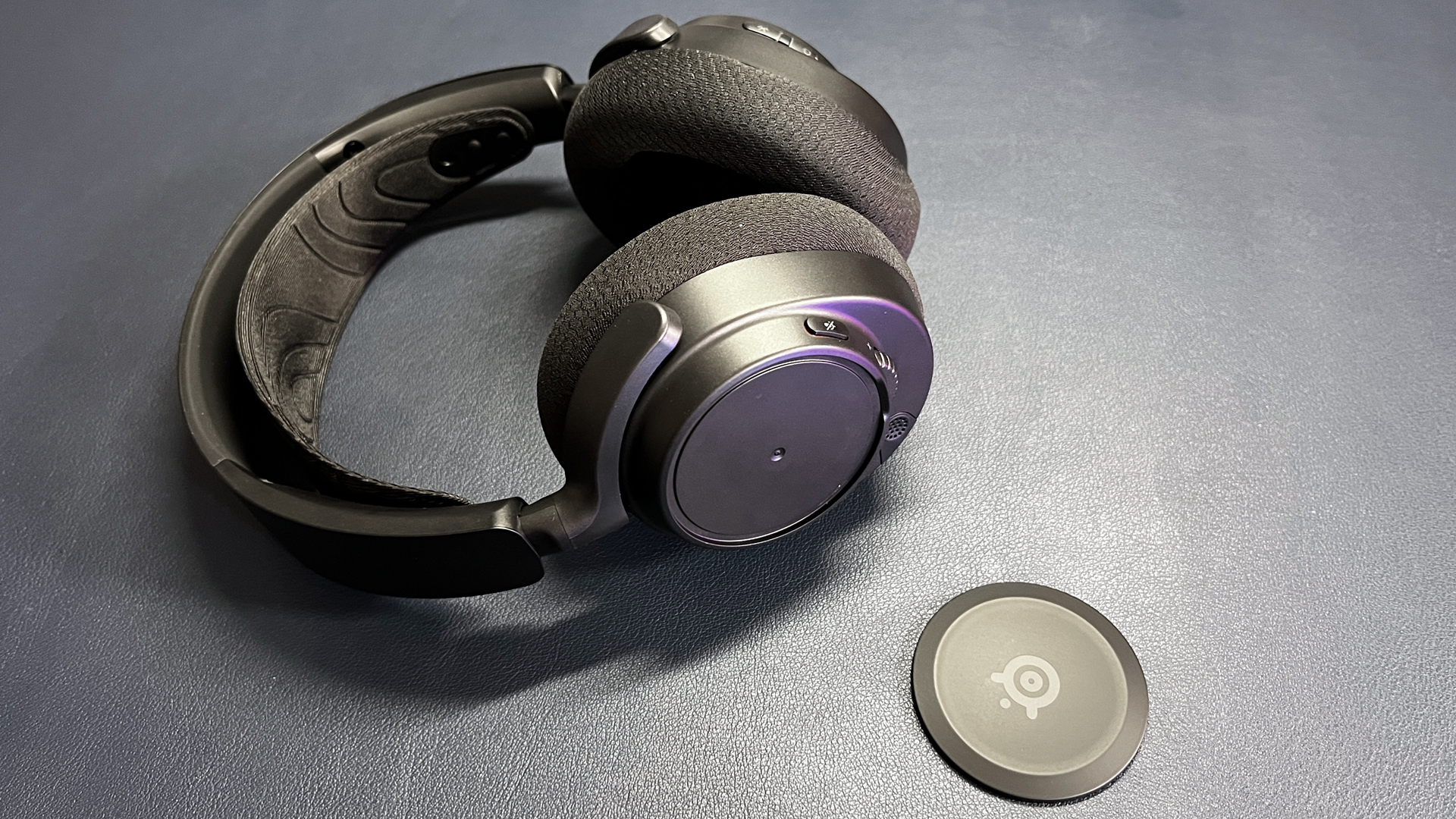
The Nova 7 has magnetic speaker plates in a soft-touch matte black finish. The speaker plates, as well as the headband strap and the ear cushions, are replaceable — SteelSeries is already selling “booster packs” with speaker plates and headband straps in different colors for the Nova Pro and Nova Pro Wireless, which will also fit the Nova 7. (You can also buy replacement ear cushions in leatherette, if you end up not liking the Nova 7’s default AirWeave.)
Specs
| Driver Type | 40mm custom |
| Impedance | 36Ω |
| Frequency Response | 20 - 22,000 Hz |
| Design Style | Over-ear |
| Microphone Type | Fully-retractable, bi-directional, noise-canceling |
| Connectivity | 2.4GHz wireless, Bluetooth 5.0, wired (3.5mm aux) |
| Weight | 0.72lbs / 325g |
| Cord Length | 4 feet / 1.2m (3.5mm analog) |
| Battery Life | 38 hours |
| Lighting | N/A |
| Software | SteelSeries GG (Sonar) |
Audio Performance of the Arctis Nova 7
The Arctis Nova 7 has “custom high fidelity drivers tuned for gaming” (whatever that means), with a frequency response of 20 - 22,000 Hz, an impedance of 36Ω, and a sensitivity of 93dBSPL. The new Arctis Nova 1 and Nova 3 have the same drivers; the Arctis Nova Pro and Arctis Nova Pro Wireless have different, higher-fidelity drivers.
Music on the Nova 7 sounds good — just good, not great. Lows are present but a little underwhelming, and the bass was both too restrained and muddy-sounding in Kanye West’s “Love Lockdown” and Kaskade’s “POW POW POW.” Mids and highs, by contrast, are pumped a little too high; the lower mid-range had a lot of distortion in David Guetta’s “Titanium,” and details were a blended mess in the normally-crisp layers of Beyonce’s “Single Ladies.”
I tested the Nova 7’s audio over both a wireless (2.4 GHz) and wired (3.5mm analog, plugged into SteelSeries’ own GameDAC) connection. Audio quality is much better over a wired connection (though there was still some mid-range distortion and fuzziness in the bass). But you’re not buying a $180 headset with simultaneous dual wireless for the analog connection.
Good news: Gaming sounds much better than music on the Nova 7 — pretty good with the headset’s default, out-of-the-box settings, and there’s plenty to play around in SteelSeries’ Sonar audio software suite. Sonar has a gaming-oriented parametric EQ, as well as features like 360-degree spatial audio, which is implemented pretty well. The Nova 7 actually performed best on calls and voice chat — thanks in part to features like ChatMix, adjustable sidetone, and Sonar’s mic EQ, but also just in general — everyone I talked to using this headset sounded great.
Microphone on the Arctis Nova 7
The Arctis Nova 7 has a bidirectional ClearCast Gen 2 noise-canceling microphone, which has a wireless frequency response of 100 - 6,500 Hz and a sensitivity of -38dBV/Pa. It performs well for a headset mic, easily picking up your voice thanks to the flexible arm that allows you to adjust its position. It does have a bidirectional — not cardioid — polar pattern, so it doesn’t do a great job of noise-canceling/noise-isolation without the help of SteelSeries’ Sonar audio software.

All of SteelSeries new Arctis Nova headsets have the same microphone design, which is fully-retractable and blends seamlessly into the earcup when retracted. The mic still picks up sound when retracted — to mute the Nova 7, you’ll need to use the physical mute button on the left earcup. The mic has a bright red LED that lights up when muted (this can be adjusted or turned off in the software).
Software for the Arctis Nova 7
The Arctis Nova 7 works fine out of the box, without software, but there are a handful of settings you can only access in SteelSeries GG (SteelSeries’ one-stop peripheral companion software suite). Also, SteelSeries GG is where you can access the Sonar audio software, which offers a decent improvement in audio quality if you take the time to play with it.
The Nova 7’s main settings menu is in the Engine section of SteelSeries GG — this is where you can adjust hardware settings, such as standby time, the brightness of the mic mute LED, and whether Bluetooth powers on with the headset. You can also tweak some audio settings, such as mic volume and sidetone, and create different profiles (this is a standard feature in the Engine — I don’t know that you’ll need multiple profiles for a headset that doesn’t even have RGB).
You can also turn on SteelSeries’ Sonar audio software, which features individual EQs for gaming and chat channels, as well as the microphone. Sonar also houses features such as virtual surround-sound, ChatMix, and several noise-reduction/noise-isolation/noise-cancellation features for the microphone.
Battery Life on the Arctis Nova 7
The Arctis Nova 7 has 38 hours of battery life using just the 2.4 GHz wireless connection (this drops to 26 hours with simultaneous Bluetooth). Well over a day’s worth of playtime is pretty good, if not particularly uncommon these days (especially in recent flagship models). Both the Razer Barracuda Pro and the Turtle Beach Stealth 700 MAX boast 40+ hours of battery life; Sony’s new Inzone 7 and 9 claim 40 and 32 hours, respectively. The Nova 7 has fast-charging via USB-C — a 15 minute charge will give you a six-hour boost.
Bottom Line
The Arctis Nova 7 Wireless looks and feels a lot like the Arctis Nova Pro Wireless, but it doesn’t sound like the Arctis Nova Pro Wireless. It might seem like an unfair comparison, but a headset doesn’t need ultra-hi-fi drivers for great audio quality — the Nova 7’s sound signature was just off, for me, and somehow seemed tuned to highlight the headset’s weak spots. The Nova 7 is not a bad-sounding headset, but now that I know what SteelSeries can do with hi-fi audio...I expected more.
I’m a big fan of the Arctis Nova line’s redesign, in general — the Nova 7 is lightweight and very comfortable, and the retractable mic, sleek profile, and 38-hour battery life make it a good multi-purpose headset (and, at $180, it’s still cheaper than other do-it-all headsets, such as the Razer Barracuda Pro Wireless). The Arctis Nova 7 sounds better over a wired connection, and it’s a pretty good headset if you’re not tied to wireless connectivity — but if you are, you’ll find better options on our list of best wireless gaming headsets.
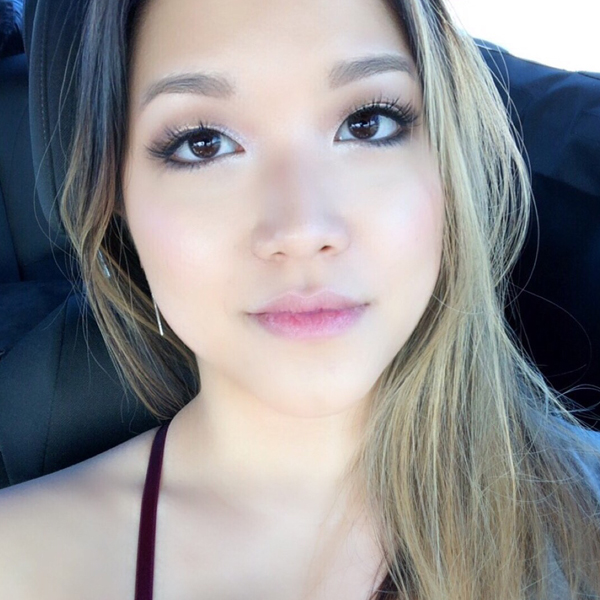
Sarah Jacobsson Purewal is a senior editor at Tom's Hardware covering peripherals, software, and custom builds. You can find more of her work in PCWorld, Macworld, TechHive, CNET, Gizmodo, Tom's Guide, PC Gamer, Men's Health, Men's Fitness, SHAPE, Cosmopolitan, and just about everywhere else.
-
kentlowt I was a little disappointed with the drivers as well. They have a slight bump in upper bass that makes them slightly muddy. The low end is ok but it just does not have low end extension(this may be excusable in this price range). The mid range is just not present and clear(maybe because of their eq curve). The High end is ok. I hear a bump in the high end. If I had the ability to disable their eq curve I think I might like these a little better or if it had an audiophile setting and a gaming setting. I would prefer a flatter eq curve for audio while there is room for eq in gaming. The fit is ok. They feel a little tight. This might improve with wear. It could just be my head size though... If you have a larger head these might get uncomfortable over time. The features are pretty good. Over all they are ok, just not sure they are $300+ ok. My daily driver headphones cost significantly more than these, are made by a know high quality audio manufacturing company that makes some really expensive high quality gear and are wired so my bar may be unrealistically high. These would sound pretty good to someone who spends less than $50 typically on headphones.Reply